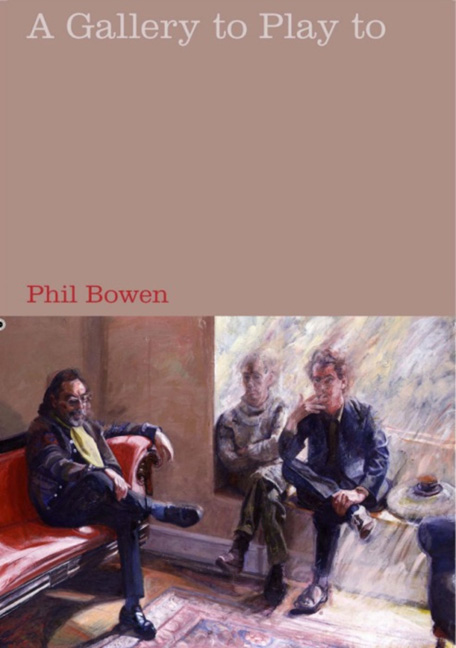Book contents
- Frontmatter
- Dedication
- Contents
- Author's Note
- Acknowledgements
- Introduction
- The Fifties and the Beginning of the Liverpool Scene
- Roger McGough 1937–1958
- Adrian Henri 1932–1956
- Liverpool 1957–1961
- Brian Patten 1946–1961
- 1961–1968
- The End of the Sixties
- The Seventies
- The Eighties
- The Nineties
- The Noughties
- Bibliography
- Index
Liverpool 1957–1961
- Frontmatter
- Dedication
- Contents
- Author's Note
- Acknowledgements
- Introduction
- The Fifties and the Beginning of the Liverpool Scene
- Roger McGough 1937–1958
- Adrian Henri 1932–1956
- Liverpool 1957–1961
- Brian Patten 1946–1961
- 1961–1968
- The End of the Sixties
- The Seventies
- The Eighties
- The Nineties
- The Noughties
- Bibliography
- Index
Summary
‘Where's the best place to buy a pair of winklepickers?’
In the 1950s, with the exception of Soho, the only place for any aspirational painter, poet, musician, bohemian or ‘bon viveur’ on a tight budget was Liverpool 8. The area was described by George Melly in The Observer as a ‘multi-racial slum waiting in raddled beauty for the planners’ bulldozers’, and more positively in Adrian Henri's prose-poem ‘Liverpool 8’ as a place ‘where you play out after tea … Back doors and walls / with names, kisses scrawled or painted … A new cathedral at the end of Hope Street …Wind / blowing inland from Pierhead bringing the smell of breweries / and engine oil from ferry boats …’
In his introduction to The Liverpool Scene (published in 1967), Edward Lucie-Smith took a more expansive view:
The city continues to think of itself as something pretty special. The most obvious thing about Liverpool at the moment is that [it] has a lot of feathers in its cap … Liverpool knows its own standards and imposes them firmly.
Unlike Soho, Liverpool 8 in the 1950s was bereft of clip-joints and nightclubs such as the Mandrake, or pubs like the Fitzroy Tavern and the Golden Lion, with their blatant disregard for licensing laws, conventional sexuality and outwardly respectable behaviour. In Liverpool, closing time meant ten o'clock, so a place to make the most of one's allotted drinking time was essential. The place in the heart of Liverpool 8 that provided such a service was Ye Cracke. Formerly the Ruthin Castle, it acquired its name around 1900. Squeezed between two larger buildings, one of which was the War Office, its owners were the renowned Liverpool publican family the Egertons. Here the main attraction, the long-suffering landlady Doris, would dispense beer to the whole of Liverpool's bohemia crammed into one small bar. On a good night there would be the Art College crowd centred around Arthur Ballard, including Jeff Mohammed, Stuart Sutcliffe, the life-model June Furlong and John Lennon, whom Yankel Feather noticed surprisingly for ‘the quietness about that boy’.
- Type
- Chapter
- Information
- A Gallery to Play toThe Story of the Mersey Poets, pp. 31 - 37Publisher: Liverpool University PressPrint publication year: 2008



